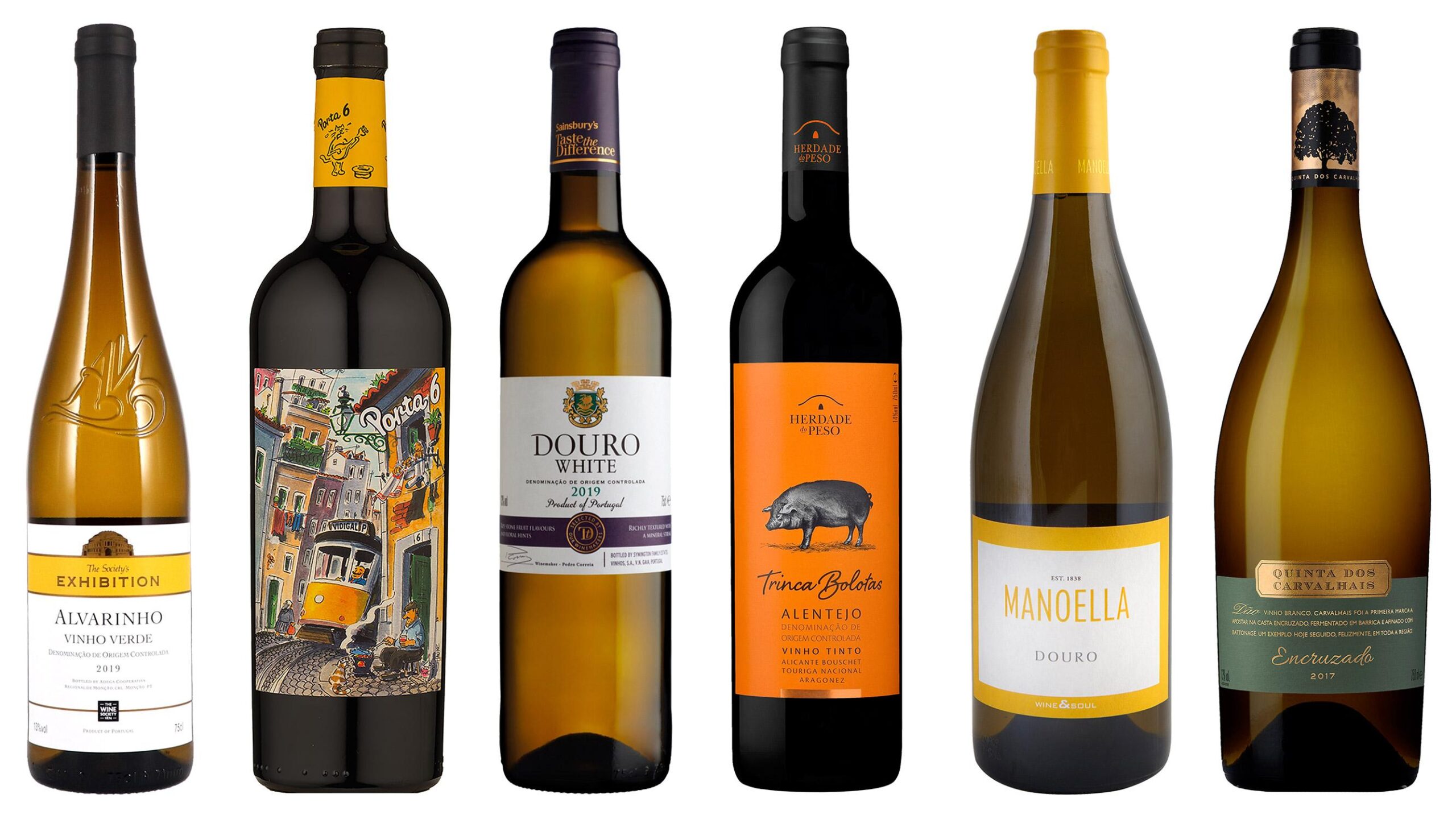
A wine room depends upon temperature and humidity control. Good insulation, a vapor barrier and climate control system are all key components, but a huge part of climate control comes in purchasing the right wine room door. The wrong decision can force your Best Portuguese wine cellar cooler to work harder and allow undesirable warm air inside your wine room, defeating the rest of your careful wine room development and design.
The correct wine door has a seal on the entryway when the door is closed, permitting the wine cellar cooling unit to mix temperature and humidity-controlled air through the whole wine room without fighting with air entering into the room from outside the door. Whether you choose a pre-made standard door, or have one crafted to your exact specifications, all good wine cellar doors have specific classifications that make them perfect for the climate control demands of your wine cellar.
Custom wine cellar contractors suggest using exterior grade wine cellar doors, which are sturdy enough to withstand temperature fluctuations and keep outside air from leaking in. A good exterior grade door should be weatherproofed and acclimatized to the level of temperature and humidity in the environment where it will be installed; the humidity factor should not be ignored when picking a door. The recommended humidity for a wine room falls generally between 50% and 80%, with 70% being the optimal level. If a wine door can’t survive 70% humidity without warping or added issues, it is not worth the money you paid for it.
Wooden wine doors should have rock-hard construction; by no means use a cavernous door as the entrance for your wine cellar. If you use a glass wine door, it should be double-paned to help keep exterior air out. The recommended thickness for wine room doors varies according to who you ask, but the minimum you should install for your wine cellar is one and three-quarter inches. If your wine cellar door is accessible to children or if you just want more security for your wines think about adding a lock to your door requirements.
Wine room doors are available in a range of materials; wood, glass, and even wrought iron. Options consist of standard doors, carved wood doors or carved wood and glass. You can also get beveled glass doors or wine cellar iron doors.
When buying a wine cellar door, the condition of your wine cellar may guide your purchase to a certain degree. Is the wine room already built? Do you need to buy a door to fit your existing entryway? Or do you need a whole set with the door, doorjamb, weather stripping included in a package? Wine cellar doors may come in “door-only” versions or as pre-hung doors. A pre-hung wine room door comes to you installed into a frame which you install into the entryway. Pre-hung doors speed up the installation process if you are doing the work yourself, but you may desire an extra pair of hands to help get the door in position and correctly attached.
Some wine room doors contain optional wrought-iron attachments which are installed on top of your door after it has been installed in the opening, but these don’t have anything to do with climate control issues in your cellar; the wrought iron add-ons are always decorative. If you add these ornamental designs, it is essential to fasten them safely to the door to eliminate the potential for damage to the finish of the wood.
Several wine cellar door makers offer custom-designed and built entryways. What’s the difference between an entryway and a wine room door? With a custom entryway you will have the entire section of door, doorjamb and related construction included in the package. This can create a more elegant look for your cellar and supply some additional custom choices for the space. If you order the door only, you can install it in your existing entryway, which is useful for situations where you are already pleased with the surrounding wine cellar build-out.
Wine cellar doors ought to come with a threshold, door sweep and perimeter seal. These seals permit the door to be weather-stripped on all three sides to keep out drafts when the door is shut. Weather stripping is a necessity for the entrance to your wine room, otherwise your wine cooling system works less efficiently and your climate controlled air will move into the area outside the wine cellar.
Are you purchasing a custom wine room door? You will need measurements of your door jamb or entryway and you must decide whether you need handles or locks. Some vendors will not install locks or pre-drilling. If you want to put in a lock in these cases you will need to do the job yourself based on the design specifications of a particular lock.
Sometimes the direction your doors open can be an issue. When thinking of which way your wine doors should hinge, consider the positioning of your wine storage racks or accessories close to the doors, and how wide you need to open the doors should you have to bring in a crate or case of wine bottles. If you need additional clearance than the interior of your wine room can offer, make sure your doors can swing open to the outside, and don’t forget a doorstop or additional add-on to prevent the doors from striking the wall.